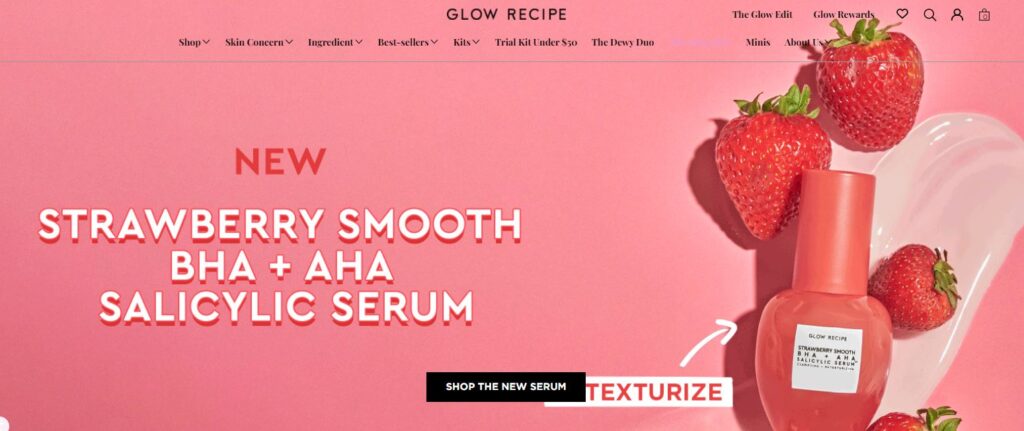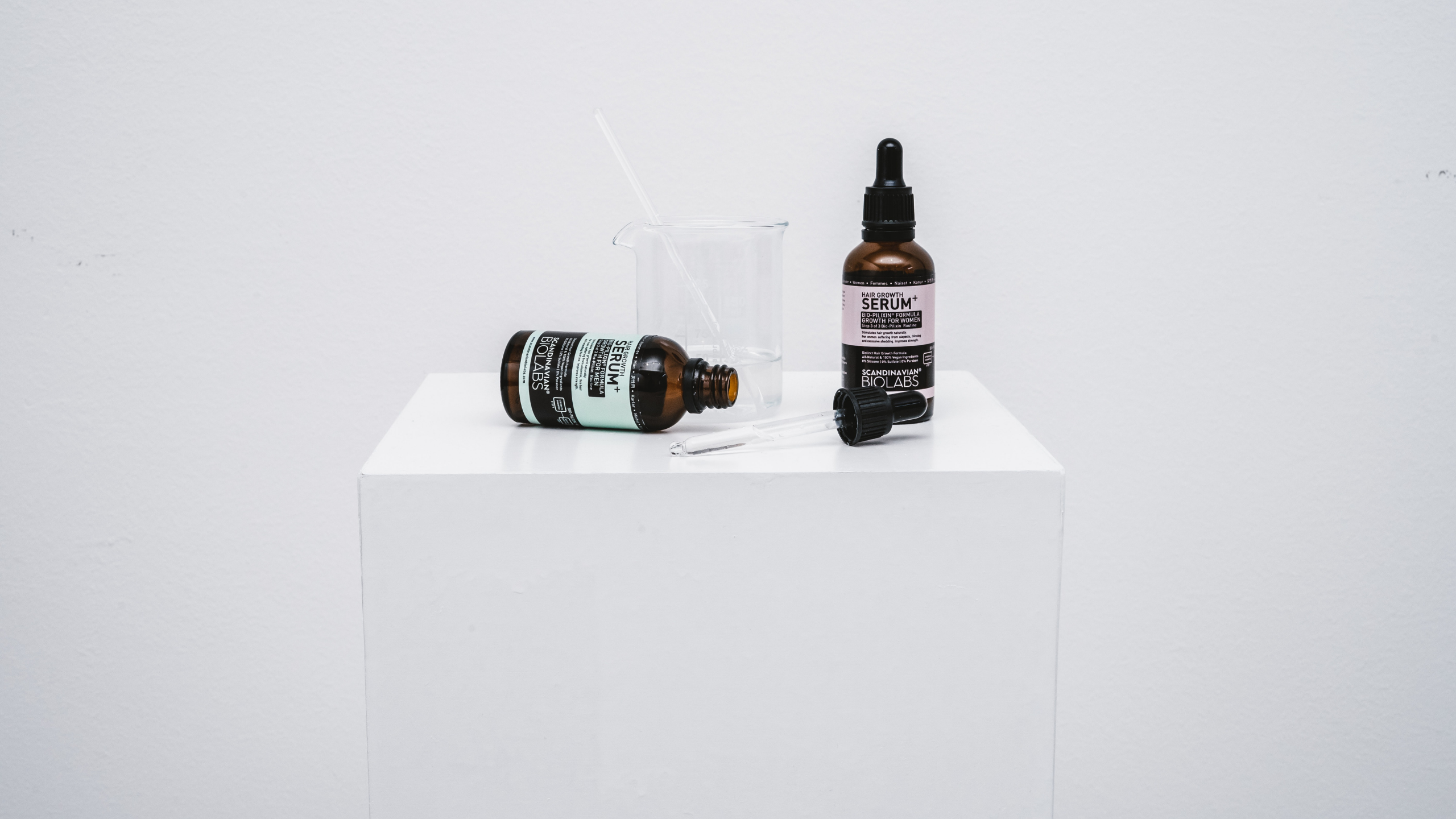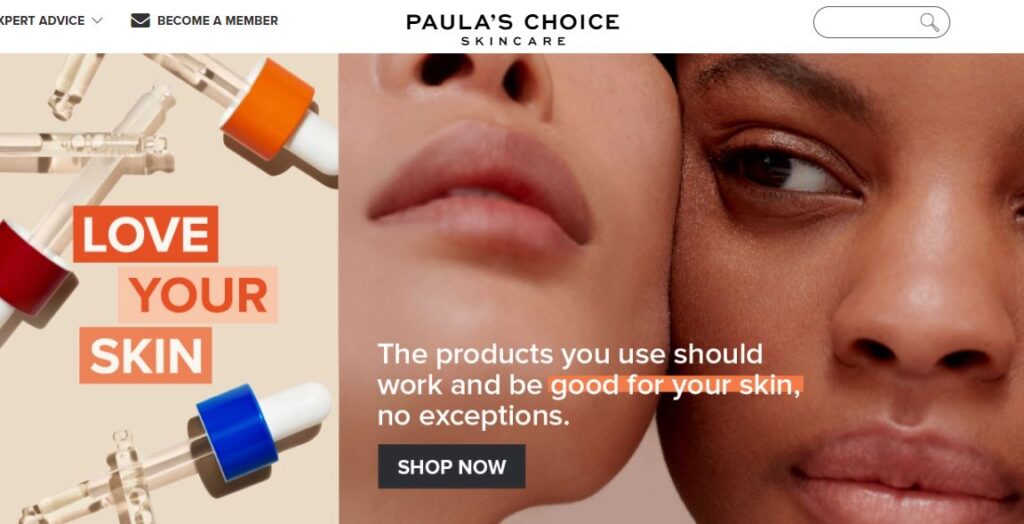It can’t be denied that the beauty industry is a visual one. Whether that’s beautiful product packaging, makeup looks or the perfect website, a picture can definitely pain a thousand words when it comes to beauty.
But what about written content, and content marketing for your beauty brand? While content marketing isn’t just about the words, it’s a big part of it.
From the science behind formulation to unique selling points and customer communication, the beauty industry is an information industry. Images, videos and written content can all help you to seriously scale your business, especially if you use them together.
Let’s dig a little deeper into content marketing and how it can help your brand.
What Is Content Marketing?
So, you’ve heard of content marketing. Maybe you found it recommended on Google or perhaps someone else told you it was a good idea for your business. But what even is content marketing and why’s it a good idea?
Content marketing is a strategy used to attract, engage, inform and retain an audience by providing helpful, relevant information. It’s about showcasing expertise, relatability and value to your potential customers. It’s an inbound marketing strategy, meaning that customers come to you rather than you dragging them in (as a brand, hopefully not literally)
The word content is often overused in marketing, but it’s because it can be applied to lots of different marketing assets. Images, video, infographics, podcasts, blogs, websites, printed materials – all content.
It can also help with brand awareness, showing up on search engine results pages and (most importantly) driving sales. Plus it builds loyalty, grows your reputation and build relationships.
The best part? It doesn’t have to blow your budget.
Getting Started With Content Marketing
Ready to get started with content marketing and build a content marketing strategy for your beauty brand? Like any other marketing strategy for beauty brands, there are a few things you probably need to think about first:
- What’s the purpose of your content?
- Who are the audience you’re targeting?
- What value will it provide to your audience?
- What are your USP’s and brand story?
- What processes, people or services do you need?
- What are your goals and how will you measure them?
Understanding these points are key to getting your head around content marketing for your beauty brand, and who you’re actually creating the content for in the first place.
Planning Content
Even if you don’t plan every piece of content right down to the minute, by planning your content it allows you to prep, plan ahead for events or activities and frees up time to be more reactive when you need to be (such as hopping on the latest social media trend).
How you plan is really up to you. You can start with your audience or products and plan out from there (thinking about what resonates, what your competitors are doing and your unique selling points, for example). You can look at it by date and plan backwards – sometimes a content calendar can really help with this – or you can align it with other parts of your marketing strategy.
You should plan out the resources, timescales, budget and people you’ll need for each piece of content too. If you’re working with a freelancer or someone in your organisation but in a different department then you need to be able to schedule them in.
Struggling for content inspo? Here’s where you can get some content ideas from to get you started.
Content Creation
Having an idea of how you’re going to create content is important. There’s some content that you can create in advance, whereas some can be way more off-the-cuff. By planning in your content creation ahead of time, you can leave space for hopping on trends at shorter notice.
How you create content really does depend on the type of content you’re creating. It also depends on your strengths and skills – some people are great at video content but struggle to write a blog (or the other way around). It can save you time, money and stress to work with a professional to create high-quality content for your beauty brand.
Knowing when to delegate, take on some training or work with someone who has the skills that you don’t can save a lot of headaches.
Examples of Beauty Brands With A Content Marketing Strategy
Honestly, right now it’s harder to find a brand who doesn’t have a content marketing strategy. Most of us consume a lot of content every day, which means that brands create more content in turn.
Here are some of the beauty brands that are nailing their content strategy.
Paula’s Choice
This is the second time I’ve mentioned US skincare brand as an example (they’re also one of the most common skincare brands that come up as an example when beauty clients ask for writing work). They’ve clearly invested in their content strategy.
Anytime you Google a skincare ingredient, the chances are Paula’s Choice will come up. They have detailed on-site content that outlines every skincare ingredient in detail, along with how to use them and what they do for your skin. They’ve basically created a skincare encyclopedia on their site.
This means that they’re providing valuable, genuine content that their audience are looking for.
Their content is directly aligned with their products too, and contains links to specific products from their range throughout. This content helps drive authority, traffic and boosts their their domain authority, backlinks and where they show in search results. All without paying for additional advertising.
Huda Beauty

Huda Beauty have gone for a slightly different content marketing strategy on their blog. Rather than just writing about product-specific or ingredient-specific content, they’ve recognised that their audience aren’t just interested in Huda Beauty products.
But they’ve also taken the time to get to know that audience and what they’re interested in. By creating content about beauty trends, hot products (that aren’t even from Huda Beauty) and advice led tips, they’re positioning themselves as a destination for their ideal customer. And if they recommend a couple of their own products along the way, great.
This approach makes their website content part of the content ecosystem for the brand. The thinking behind this is that if someone searches for a beauty trend, Huda Beauty comes up in the search results with the answer. They visit the site, browse around some other questions and then can be tracked across the internet. This means they can be served ads and offers through paid advertising, and also helps build the authority of the site.
Glow Recipe

Glow Recipe invested in their content strategy on Pinterest. They create and share content that inspires their customers (and potential customers) to prioritise skincare. It also educates them on product usage and ingredients, adding value as a brand.
They use strong, on-brand visuals, different types of Pins and user generated content – along with SEO rich descriptions – to drive traffic, raise awareness and build a community. These visuals and content can be used across other channels too.
Glow Recipe link back to their website from their Pins too, again helping with SEO and to drive traffic/awareness of their brand. Technically, this crosses over into social media strategy too but honestly, social media and content go hand in hand.
Need Help With Your Beauty Brand Content Marketing Strategy?
If you need help with your content marketing strategy, get in touch with me to talk about what your beauty brand needs. Absolutely no obligation.
Whether you’re a start up or more established, I can work with you to look at your content goals, carry out a content audit of your existing site or just work with you on content topics that align for your brand.



What Are Keywords And Why Does Your Beauty Brand Need Them? – Lucy Thorpe Content | Health & Beauty Writer
[…] Want to know more about content marketing and how it can help your beauty brand? Read my post about Content Marketing for Beauty Brands. […]
Why you need a content distribution strategy – Lucy Thorpe Content | Health & Beauty Writer
[…] what content to create, along with how and where to distribute it. This should make up part of your content marketing […]